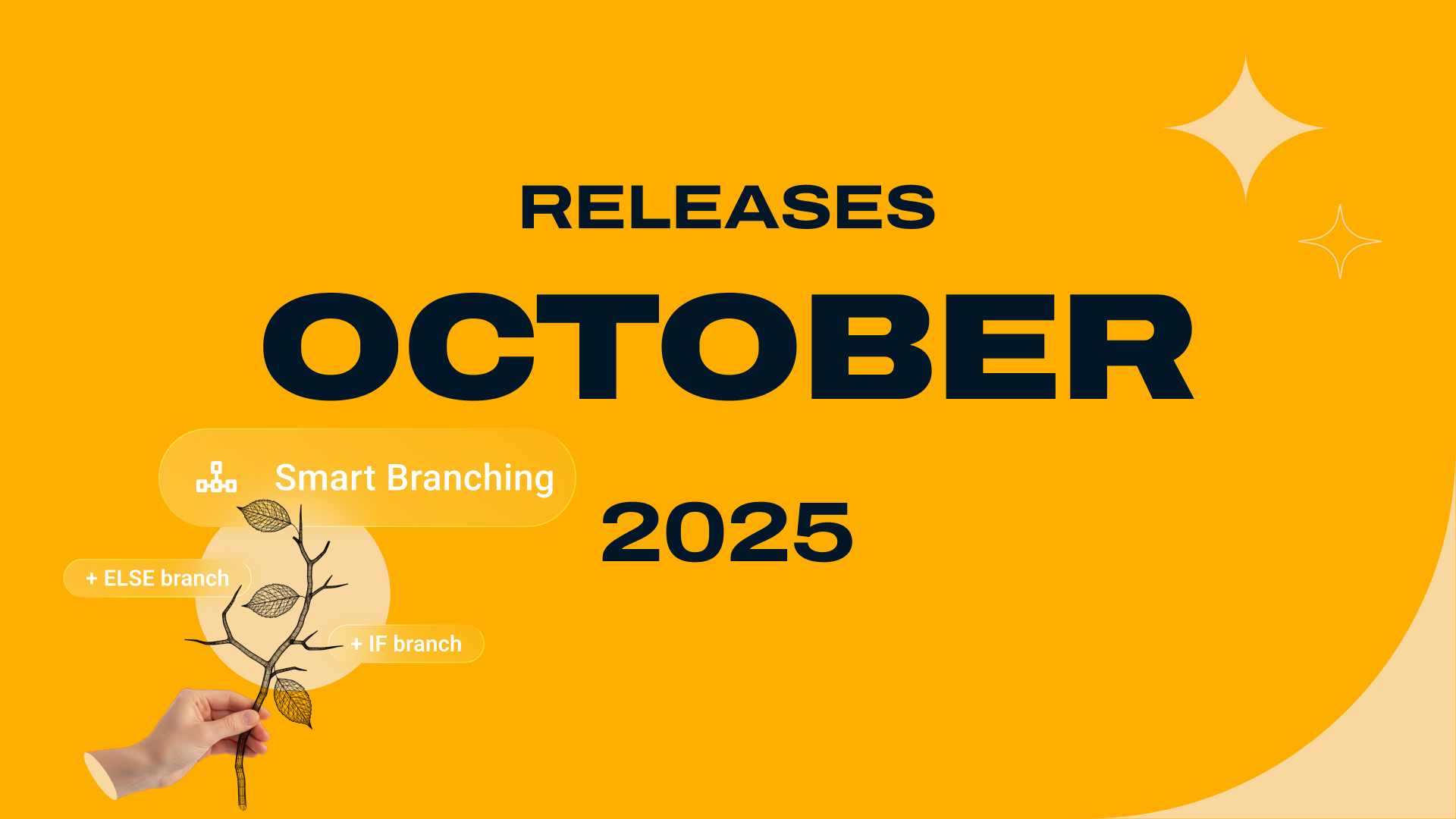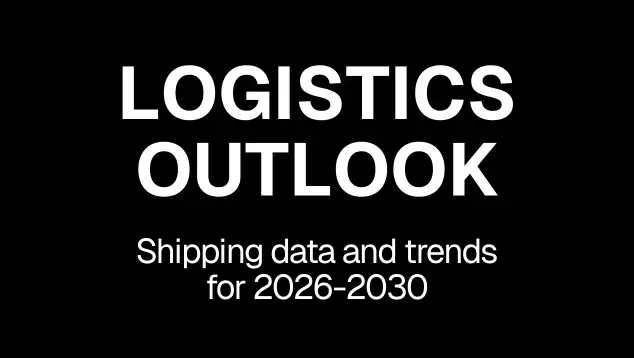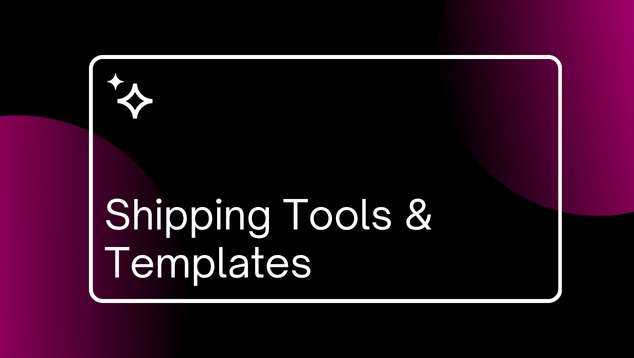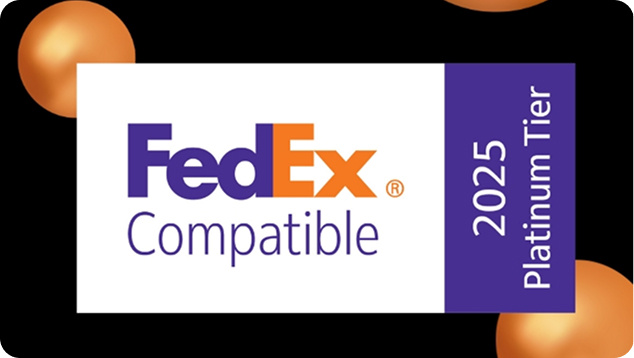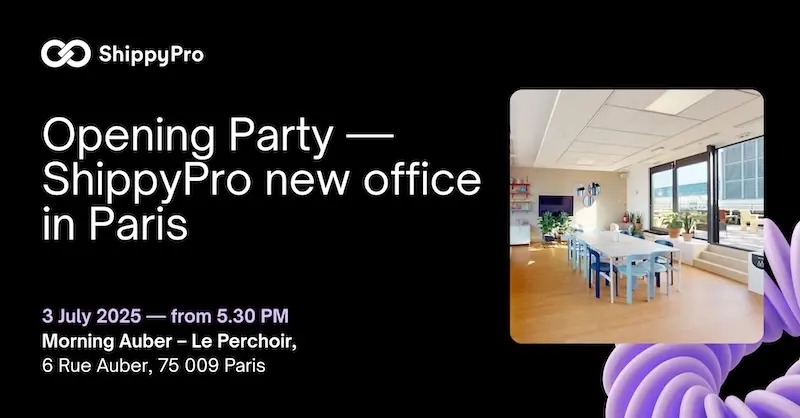11 key ecommerce trends to look for 2026
The ecommerce industry is constantly evolving, and it is vital to keep up with trends to prevent customers from thinking your online store is outdated.
In this article you will find the 10 ecommerce trends to keep in mind for 2026, to further improve your store and manage your business successfully.
10 key ecommerce trends in 2026
- Evolved mobile commerce
- Social commerce
- Flexible payment solutions
- Omnichannel
- Augmented reality
- Sustainability
- Personalised experiences
- Vocal shopping
- Livestream shopping
- Blockchain for enhanced security
- Global commerce accessibility
Let's find out more about them.
1. Evolved mobile commerce
Mobile commerce is a term that refers to sales made through mobile devices, which are steadily increasing and which, according to Statista, will reach 2.51 trillion dollars by the end of 2026.
Mobile commerce remains pivotal as it adapts to new technologies like Progressive Web Apps (PWAs), enhancing the mobile shopping experience directly from web browsers.
This approach not only ensures faster and more reliable transactions but also maintains user engagement through intuitive mobile-first designs.
2. Social commerce
Social commerce, or selling products through social platforms, is one of the main ecommerce trends that has been going on for quite some time now.
Social media offers a unique opportunity to interact with your customers, and they have literally changed the way consumers buy products and services.
If in the past it was only up to the brand to promote its products, now consumers expect other people, perhaps those they admire and trust, to recommend such products to them and help them discover their benefits.
Social commerce evolves beyond simple transactions on social platforms to encompass fully integrated shopping experiences. Brands leverage these platforms for personalised marketing, driven by AI, to enhance user engagement and conversion rates, utilising popular features like shoppable posts and direct checkout capabilities within the apps.

3. Flexible payment solutions
In 2026, flexible payment solutions are redefining consumer convenience and accessibility in e-commerce. This trend is driven by the diverse financial needs of a global consumer base and the rapid adoption of innovative payment technologies. Here's a deeper look into how this trend is evolving.
Diversified Payment Methods
As e-commerce continues to expand globally, the need for a variety of payment options has become crucial. Traditional credit card payments are now supplemented with digital wallets like PayPal, Apple Pay, and Google Wallet, which offer users swift and secure transactions. Moreover, cryptocurrencies are gaining acceptance for their ability to facilitate easy cross-border transactions with lower fees and enhanced security.
Buy Now, Pay Later (BNPL)
The BNPL model continues to grow in popularity, offering consumers the ability to defer payments or split purchases into installment plans with little to no interest. This model not only makes higher-priced items more accessible but also boosts purchase volumes and average order values. Companies like Klarna, Afterpay, and Affirm are expanding their market presence, partnering with a wide range of merchants to provide flexible payment options at the point of sale.
Local Payment Preferences
Recognising local payment preferences is key to capturing markets. For instance, in many Asian markets, apps like Alipay and WeChat Pay dominate, while in parts of Europe and Latin America, bank transfers and cash on delivery are prevalent. Tailoring payment options to regional preferences can significantly enhance customer satisfaction and increase conversion rates.
4. Omnichannel
Omnichannel is an important ecommerce trend, as it relates to a strategy that eliminates the boundaries between the online and offline world.
It is based on the interaction between business and customer through different touchpoints, or points of contact, which concern the presence on the web, mobile devices, direct marketing, or social media.
Consumers expect to have the same kind of experience across all these channels, as well as in any physical location.
It, therefore, means optimising the customer experience and improving the company's performance wherever business and customer interact, focusing all attention on the consumer.
5. Augmented reality
More and more brands are proving that augmented reality is the future of online shopping, and therefore it is an ecommerce trend that you will not want to miss.
Augmented reality is one of the latest technological revolutions in the marketing world and helps your customers interact with the products you sell and make more informed purchasing decisions.
As a result, your customers will be more convinced and more satisfied with their purchases, and you will thus have significantly fewer returns.
Thanks to a special app or web app that can be used directly from your customers' smartphones, augmented reality allows them to see and almost touch your products in their environment.
They can then try on a pair of sunglasses to see if the model fits them well, test a shade of lipstick to make sure it's just the colour they are looking for or see how a new sofa looks in their living room. All just using their smartphone.

6. Sustainability
Consumers care more and more about the sustainability of their purchases, and even if they are not willing to give up online shopping, they tend to prefer brands that demonstrate attention to their environmental impact.
58% of consumers said they avoid products with a lot of packaging for sustainability reasons worldwide (source: Ipsos 2022) and 63% claim they are less likely to buy products with packaging that is harmful to the environment. This is an ecommerce trend that could make a difference not only for your business but also for the planet.

There are several ways you can show your customers that you care about your company's sustainability, from packaging to shipping, as well as the sourcing of raw materials.
7. Personalised experiences
In 2026, hyper-personalisation in e-commerce harnesses advanced AI and big data analytics to deliver unmatched individualised shopping experiences. Retailers now leverage real-time data to offer personalised product recommendations, tailored discounts, and custom content that resonate with individual preferences and browsing behaviours.
These personalised touchpoints extend across all digital platforms, ensuring a cohesive and engaging customer journey. Furthermore, AI-driven personalisation engines analyse customer interactions to continuously refine and optimise the user experience, increasing conversion rates and fostering brand loyalty.
8. Vocal shopping
Vocal shopping is one of the ecommerce trends to keep an eye on for 2026. It's about using voice search to shop online, a strategy that reveals itself as being extremely functional and interesting.
It is based on the use of increasingly popular smart speakers and smart home devices such as Google Home, Amazon Echo, and so on, to research and purchase products using voice.
“Alexa, buy dish soap”, “Hey Google, I need to buy a new charger”, “Hey Siri, find a makeup mirror”, are just some of the thousands of options that users have.
9. Livestream shopping
Finally, livestream shopping is one of the most relevant ecommerce trends for 2026.
It's about selling products via live video, specifically in livestream, on social media.
Brands and influencers show their products in real-time while interacting with their followers, who can directly purchase the products that appear in the video.
According to current estimates, livestream shopping could reach a value of 55 billion dollars by 2026, and companies that use it claim to achieve conversion rates of up to 30% while retaining their community at the same time.
10. Blockchain for enhanced security
By 2026, blockchain technology has become integral to enhancing security and transparency in e-commerce. This decentralised ledger records transactions across multiple computers, making it virtually impossible to alter data without the consensus of all involved nodes.
In supply chain management, blockchain offers an immutable record of product origins, handling, and transportation, providing customers with verifiable information about the products they purchase.
For payments, blockchain not only secures transactions with advanced cryptography but also reduces processing times and fees by eliminating intermediaries. This increase in transparency and security helps build trust with consumers, crucial for retaining loyalty in a competitive digital marketplace.
11. Global commerce accessibility
In 2026, e-commerce platforms have significantly advanced their capabilities to access global markets. Enhanced multilingual support and localised content are now standard, allowing brands to communicate effectively with customers in their native languages and cultural contexts.
E-commerce sites are also integrating local payment methods and adapting logistics to meet regional preferences and legal requirements.
Additionally, AI-driven tools help automate and scale these localisations, ensuring that content and marketing strategies are aligned with local consumer behaviors and trends. This tailored approach not only improves customer experience but also drives higher engagement and conversion rates, making global markets more accessible to e-commerce businesses of all sizes.

Extras: best selling e-commerce products worldwide in 2026
What are the trendiest products in 2026? There are some types of products that are by far best-selling online globally.
The best-selling categories online are:
- Clothing
- Supplies
- Consumer electronics
- Cosmetics
- Sports equipment
- Children's toys
- Books
- Pet products
Obviously, it is not enough to sell products that belong to these categories to become successful online. You still need to find your niche, do your research and analysis, and make sure you're promoting your products in the right way.
But starting from these macro-categories may help you if you have just started and don’t know yet what direction your ecommerce could take.
Ecommerce trends: conclusion
Not all of these trends are the ideal solution for your business but knowing them and understanding how they work will certainly help you acknowledge which ones you should start implementing to always be one step ahead of your competitors.
Passionate freelance copywriter, with a niche in ecommerce and logistics. When collaborating with ShippyPro, she loves writing about trends, marketing and communication strategies to help brands gain an edge in an ever-evolving digital landscape.
